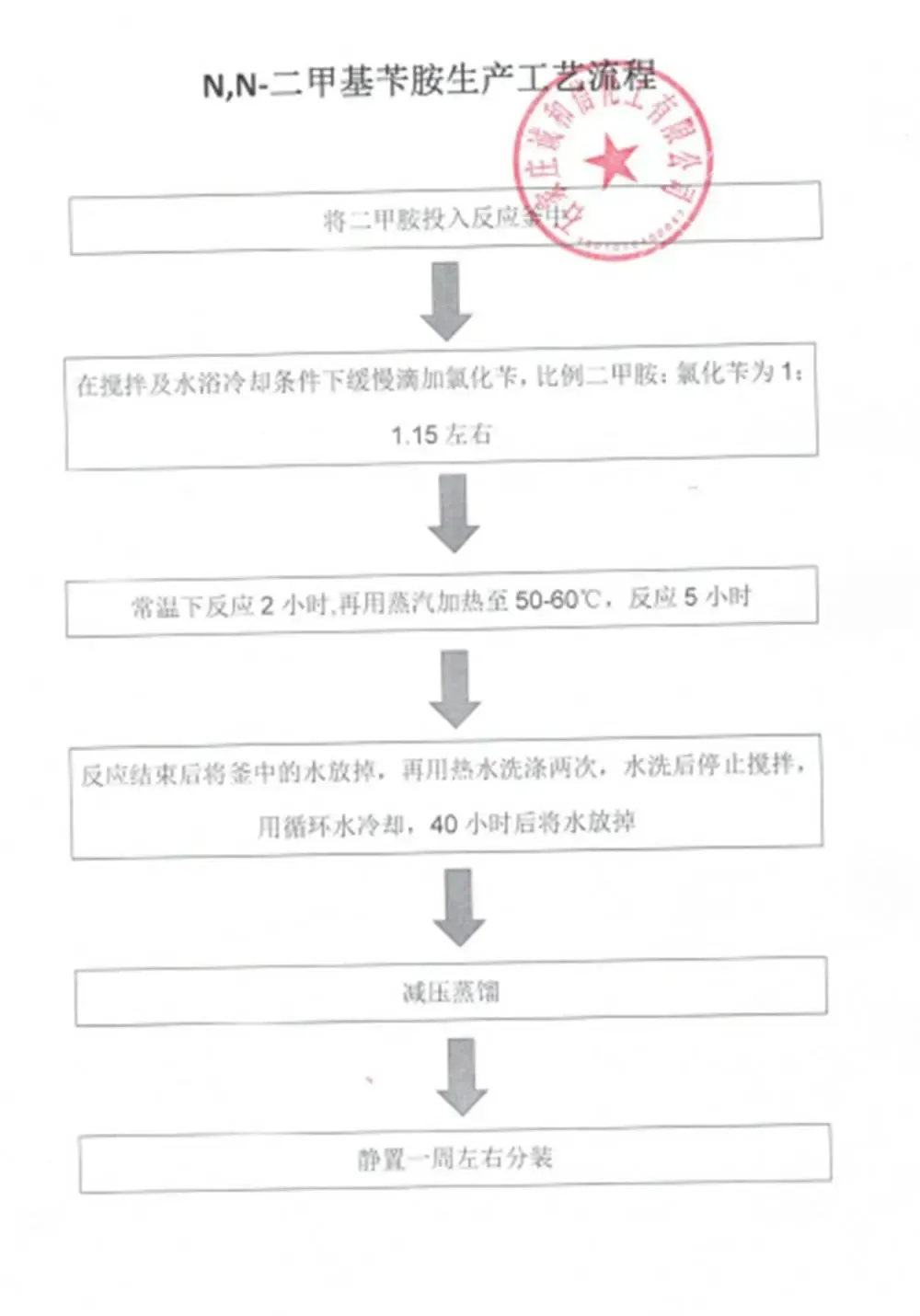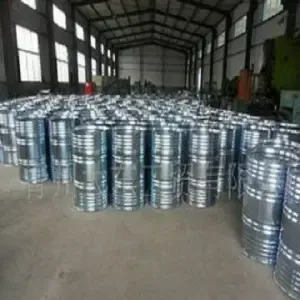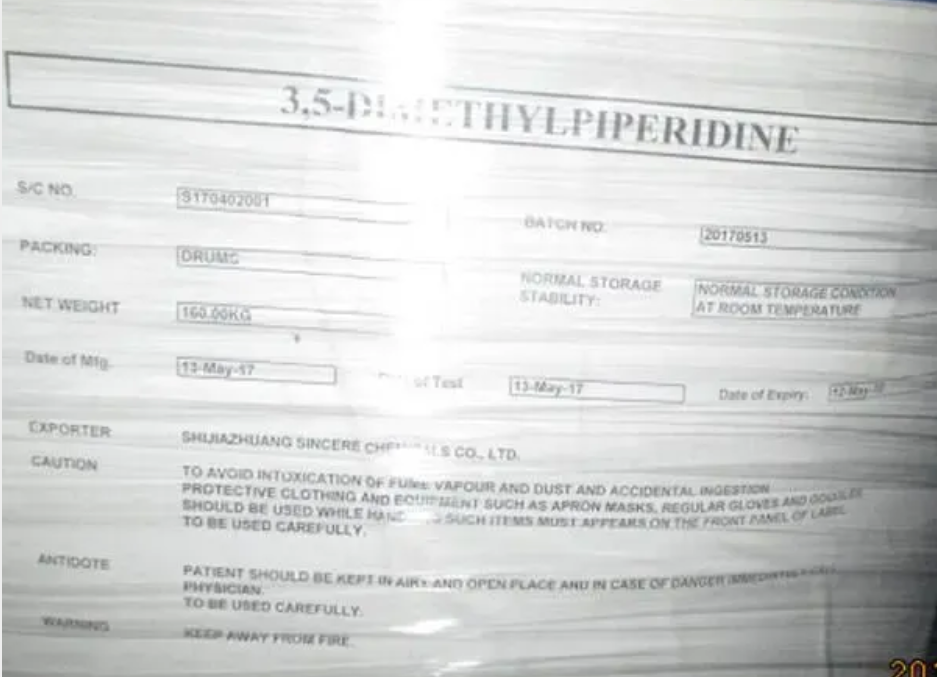carboxymethyl cellulose uses in food


Confectionery product manufacturers leverage the binding properties of CMC to enhance the chewiness and texture stability of gummy candies and jelly products. By controlling the moisture migration within these sweets, CMC ensures they maintain their unique texture profile, culminating in a consistently enjoyable experience for consumers. Its film-forming ability is instrumental in producing edible coatings, which can extend the shelf life of candies by offering a barrier to moisture and oxygen exposure, thereby preserving the product's quality over time. In the realm of beverages, CMC serves multiple purposes. It acts as a suspending agent in fruit juices and drinks, preventing the sedimentation of pulp or added nutrients. This attribute not only improves the visual appeal of beverages but also ensures a homogeneous flavor profile with each sip. Moreover, in low-calorie or diet drinks, CMC enhances the mouthfeel, compensating for the absence of the texture typically provided by sugar, thus delivering a satisfying experience akin to their full-sugar counterparts. CMC’s role as a thickening and stabilizing agent extends to processed meats, wherein it aids in water retention, improving yield and juiciness. As consumer demand for healthier and leaner meat products increases, CMC provides a solution that enhances quality without compromising on taste or texture. This multifunctional ingredient not only meets food industry demands for quality and consistency but also aligns with consumer preferences for nutritious, delicious, and stable food products. In conclusion, carboxymethyl cellulose epitomizes the essential balance between scientific innovation and culinary artistry within the food industry. Its remarkable versatility and functional benefits underscore its importance across a wide array of food applications, from stabilizing dairy alternatives to enhancing the texture of bakery and confectionery products. As a testament to both expertise and reliability, CMC remains a trusted ingredient for food manufacturers seeking to deliver quality and consistency in their products. As we explore its applications, we consistently uncover new possibilities, further cementing carboxymethyl cellulose as an invaluable component in the evolution of modern food technology.
Post time: 3月 . 06, 2025 11:16


















